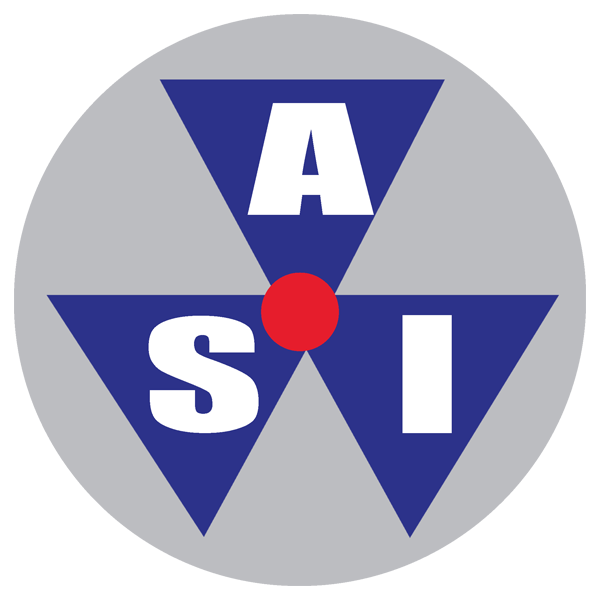EDDY CURRENT TESTING (ECT) INSPECTION SERVICES
Eddy Current Testing (ECT) is a widely used non-destructive testing method for inspecting conductive materials. Sai NDT provides comprehensive ECT services that help clients detect and analyze defects in their products and components. Our ECT services are designed to meet the highest quality standards and ensure the safety and reliability of your operations.
How Does Eddy Current Testing Work?
ECT involves inducing electrical currents in a conductive material using a coil of wire. The resulting magnetic field interacts with the material, generating eddy currents that are detected by a receiver coil. Any changes in the material’s electromagnetic properties caused by defects such as cracks or corrosion will affect the eddy current flow, providing a signal that can be analyzed to determine the location, size, shape, and depth of the defect.
Applications of Eddy Current Testing:
ECT is a versatile technique that can be used to inspect a wide range of materials and components. Some of the most common applications of ECT include:
- Detection of surface and near-surface cracks, such as those found in welds and heat-affected zones
- Evaluation of material properties, including conductivity, permeability, and magnetic susceptibility
- Detection and monitoring of corrosion and erosion in metals and alloys
- Inspection of non-ferrous materials such as titanium, copper, and aluminum
- Detection of inclusions, voids, and porosity in castings and forgings
- Detection of heat damage and fatigue cracks in aerospace components
Benefits of Eddy Current Testing:
ECT offers several benefits over other NDT methods, including:
- Non-destructive testing: ECT is a non-destructive testing technique that does not damage the material being inspected.
- High accuracy: ECT provides highly accurate results, enabling precise defect detection and sizing.
- Rapid inspection: ECT is a quick and efficient method that can inspect large areas or volumes of material in a short amount of time.
- Portable and versatile: ECT equipment is portable and can be used in the field or in a laboratory setting.
- High sensitivity: ECT is capable of detecting very small defects, including those that are not visible to the naked eye.
- Cost-effective: ECT is a cost-effective testing method that can help reduce the overall cost of product testing and inspection.
Why Choose Sai NDT for Eddy Current Testing Services?
Sai NDT is a leading provider of ECT services, with a team of experienced and qualified technicians who use the latest equipment and techniques to provide reliable results. We specialize in offering customized ECT solutions that are tailored to your specific needs, ensuring the highest level of accuracy and efficiency. Our ECT services can help you detect and analyze defects in your products and components, reducing the risk of failure and ensuring the safety and reliability of your operations.
Contact Sai NDT today to learn more about our ECT services and how we can help you meet your quality and safety goals.
